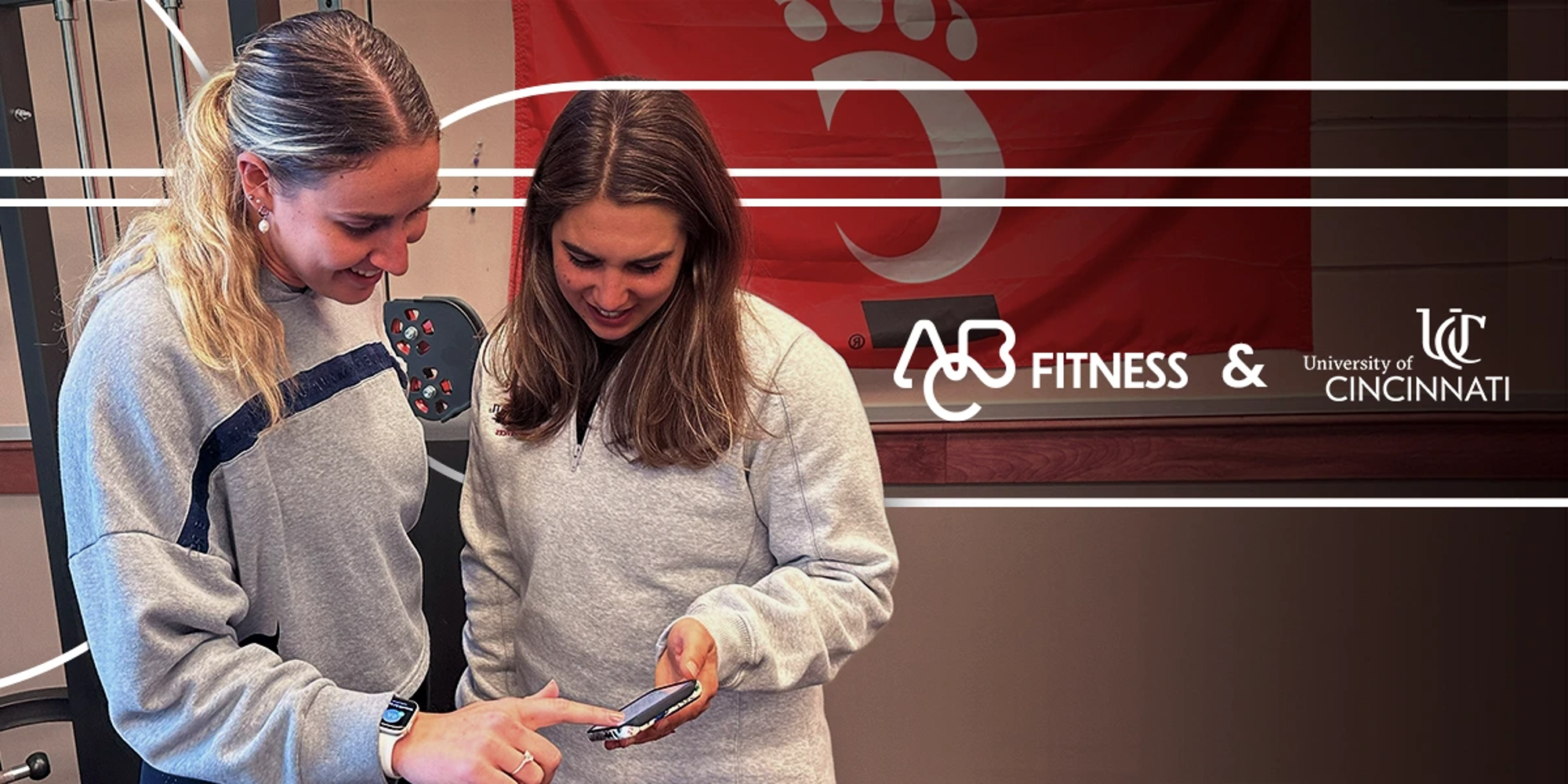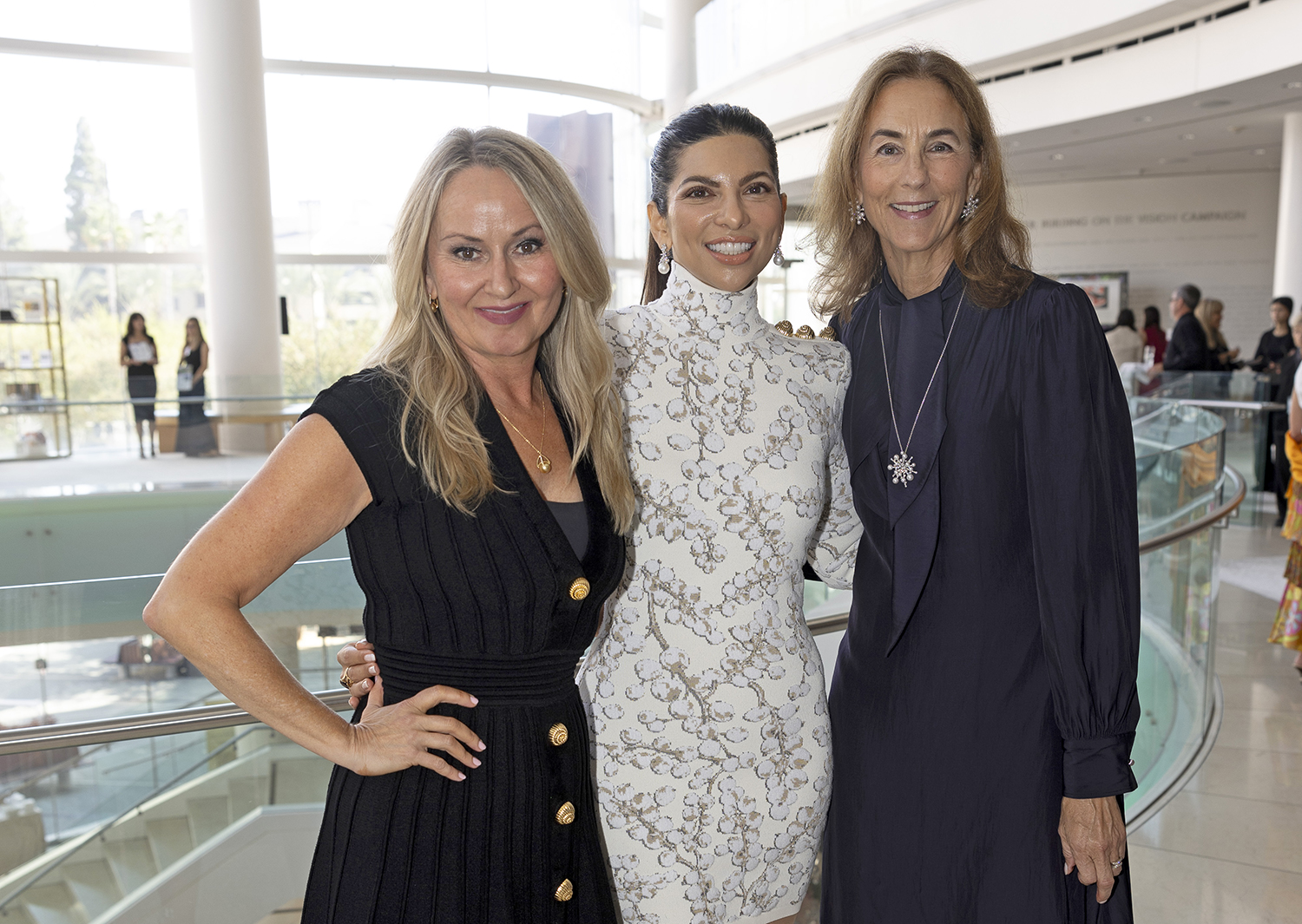Fashion
Hood Museum hosts sixth annual Indigenous People’s Fashion Show

On Oct. 17, the Hood Museum of Art hosted the sixth annual Indigenous People’s Fashion Show in the Russo Auditorium. The program — which was co-sponsored by the Hood, Hokupa’a, the Native American Program and Native Americans at Dartmouth, according to the Hood’s website — featured 19 student models who displayed 20 outfits.
Curatorial Affairs associate director and Hood Indigenous Art curator Jami Powell was a leading factor in planning the first Indigenous People’s Fashion Showcase in 2019. She explained that she recognized the work Native students put into educating their fellow students and the Dartmouth faculty about issues that Indigenous peoples face.
“I’ve been at the College for six-and-a-half years,” Powell said. “After being here for over a year, I realized that there were students who really do a lot of work to make Dartmouth more inclusive and equitable … [by] often organizing events to educate their peers and administrators about important issues that impact Indigenous communities.”
Seeing students’ desire to share their culture, Powell and students decided to plan an event to celebrate “the amazing artistic ability and capacity of Indigenous people.”
“I was working with students around programming ideas and really encouraged them to think about an event that could be a moment to celebrate the beauty and resilience and creativity of Indigenous peoples and communities, an event that really focused on joy,” Powell said.
Powell explained that over the years, student organizations such as Native Americans at Dartmouth have taken ownership of the event by crafting outfits and finding models.
“It’s kind of like a grassroots student-led event,” Powell said. “Before the fall term start[ed], I [had] students who said they were working on ideas for their fashion show outfit and things they wanted to design.”
According to Crafting and Beading Circle co-president and designer Abby Burgess ’25, the Hood Museum set up the runway and seating, while she and Crafting and Beading Circle co-president and designer Yazmyn Azure ’23 took initiative for “recruiting and getting the students ready to walk.”
“Students [fill out] the Google Form to put down what they are going to be wearing,” Burgess said. “[What they decide to wear] usually changes because they’ll borrow things.”
The show — which does not have a specific theme — highlights the intersection between Indigenous arts and fashion, according to a flyer made by the Crafting and Beading Circle. This year, students modeled a collection of 20 handmade pieces, which were created by student designers and family members or store-bought.
According to Powell, designs are sourced from different places and people, though all crafted by Indigenous designers.
“Some students have made jewelry that they’ll be wearing,” Powell said. “There’s also a growing number of Indigenous fashion designers who have works available on the market. Several students are wearing the clothes that they’ve purchased or acquired from Indigenous-owned brands.”
Additionally, Native Americans at Dartmouth executive board member Wamniomni Cikala Afraid of Hawk ’27 explained that the majority of the clothing that made it to the runway was sourced from other students or family members.
“A lot of the clothes that the students are wearing now were received as gifts, because Indigenous fashion is to give away and build a relationship,” Afraid of Hawk said.
Afraid of Hawk added that he brought his own design, a hoodie — which he named the “Language Warrior Hoodie” — inscribed with the names of his family members in the Lakota alphabet.
“I made this [hoodie] as a way to wear my family around but I thought it would be perfect to showcase,” Afraid of Hawk said.
Azure created multiple pieces, such as a red set and linen shirt adorned with ribbons and a henley collar, that were showcased on the runway.
“I’ve been really focused on reconnection and the way that art allows us to reconnect to our own cultures and be able to heal and decolonize in our own ways,” Azure said. “When Indigenous people make clothing, they put their full heart into it, so it’s really beautiful to be able to see so many people wear so many handcrafted clothes.”
Burgess explained that the Crafting and Beading Circle and the Native American House provide spaces and resources for crafting, which were utilized by students as they prepared for the show.
“[The Crafting and Beading Circle] gets funding from [the Committee on Student Organizations] for materials, and the Native American House[’s] basement, the ‘Blue Room’ — that’s where we keep all the supplies,” Burgess said. “That’s where beads, sewing machines, crickets, fabric, ribbon are, so students are crafting anytime.”
Burgess added that the event allows for an authentic representation of the Indigenous community.
“People typically have this image of a Native person that involves a headdress and feathers, and those things aren’t necessarily representative of what we wear and do today,” Burgess said.
Afraid of Hawk explained the importance of the fashion show, adding that it allows for cultural expression.
“[This event] is important to us because it not only gives us a chance to express our cultural styles in a safe context, but it also gives us visibility,” Afraid of Hawk said. “For me, it’s like making a way into fashion that was not meant for us.”


)





